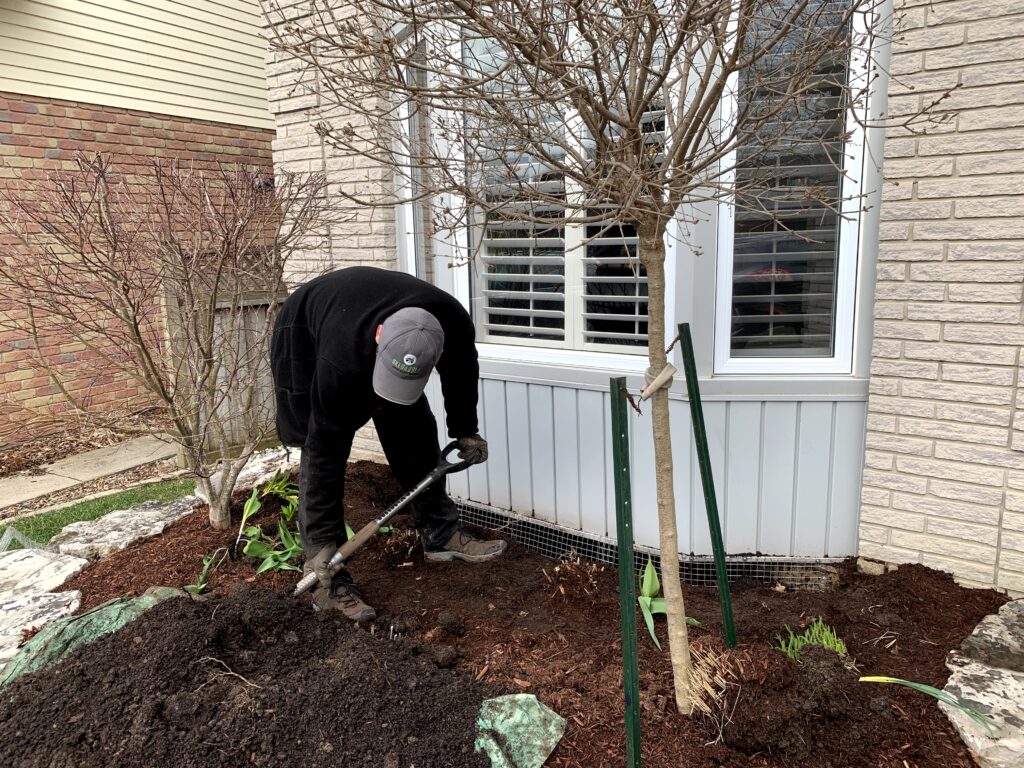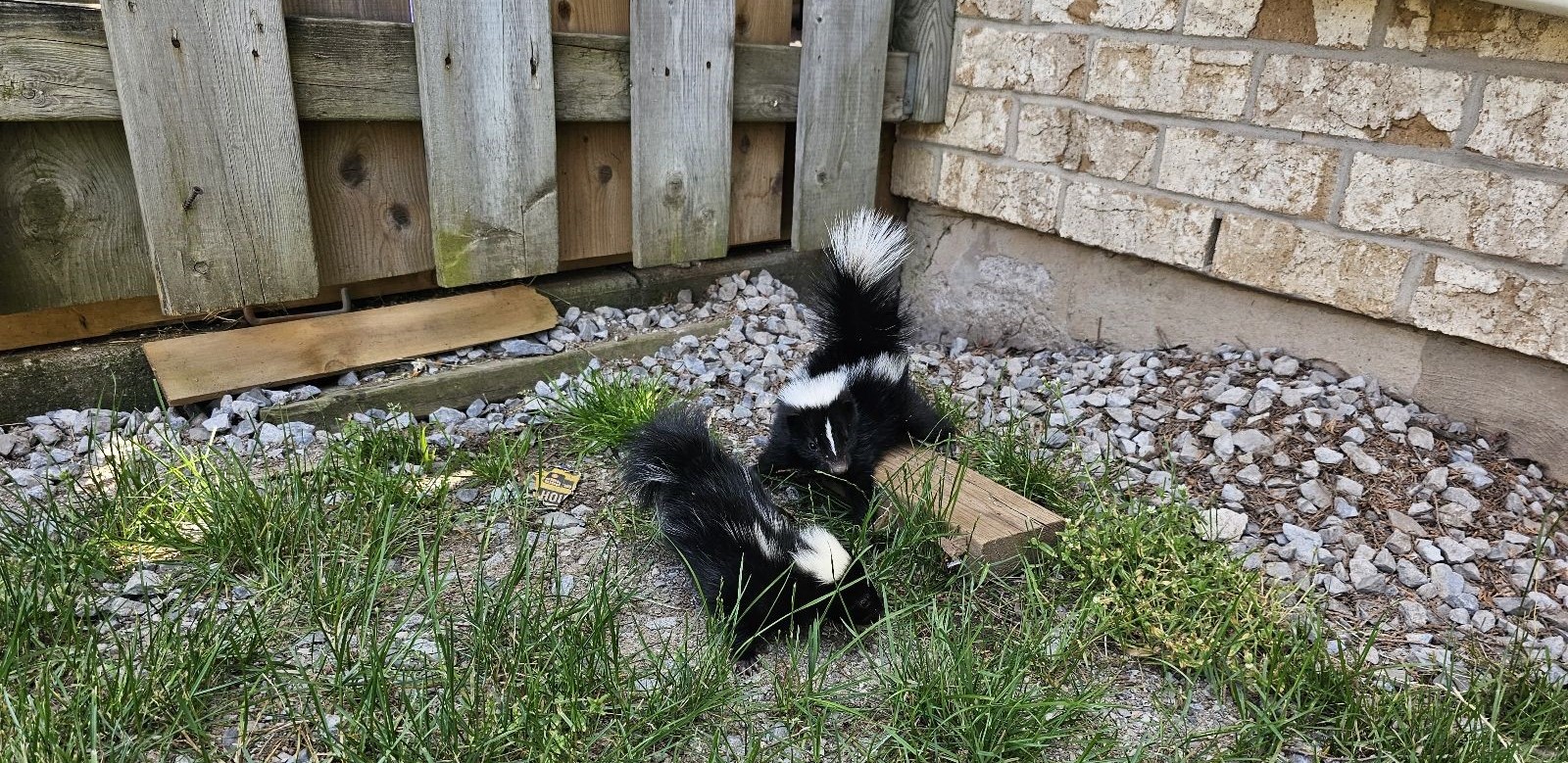What is the biggest threat to nature? It’s not the natural cycle of life, nor the weather. It’s humans. As we take up more space on planet earth, we push out many other species, both plants and animals. Here are some things to consider about cohabitating with plants and animals that rely on nature. If you need wildlife removal services, contact Skedaddle for humane, ethical, and effective wildlife removal.
The Impact of Civilization on Wildlife
Although many animals are now extinct because of natural events, many more are suffering due to man-made causes. Some believe that the dinosaurs became extinct after a meteor hit the earth. The dinosaurs couldn’t adapt to the climate changes and died out. Their story is much different from the manatees. Manatees need warm water to live. Some manatees die because they don’t migrate soon enough, but many more are dying because they are hit by boats or caught in fishing nets. Their reproduction rate is low, while their mortality rate is high, leading to the species becoming endangered.
On land, humans build homes, shopping centers and factories, which push animals out of their habitat. Humans are using natural resources that animals rely on for nests and food. Birds die from colliding with windows and automobiles. Our roads go directly through forests, mountains and rivers, impacting the animals and plants that live there.
Pollution impacts nature. All types of pollution affect the animals. Air pollution makes it harder to breathe and live. Noise pollution can impact animals negatively. Our trash and junk can be devastating to nature. Chemical pollution, from cleaning products and pesticides, gets into the soil and waterways, killing animals outright or making them more vulnerable to their surroundings. If the situation sounds dire, it is because humans do have such a huge impact on the world.

How Can Humans Help Wildlife?
Fortunately, there are many ways we can help wildlife while living our lives. When each person on earth does small things, they can add up to big change. Reducing your carbon footprint not only helps you save money on your utility bills, but it reduces your impact on the environment.
- Reduce-reuse-recycle – reduce the garbage you throw away. Buy things in bigger packages so there’s less packaging. Use products as long as possible. Choose more sustainable products and produce less waste.
- Shop for locally sourced food and use less animal products.
- Use public transportation or cycle to get around. Walking is another environmentally-friendly choice.
- Talk to leaders in the community about supporting protected land around new housing developments, creating wildlife crossings and raising awareness of the issues.
- Don’t dump chemicals that could get into the groundwater. This includes cleaning supplies, paint and pesticides.
- Recycle electronics.
- Compost food scraps and leftovers.
- Carry a water bottle with you instead of relying on bottled water.
- Support green businesses and organizations. Choose hotels that are eco-friendly when traveling. Offset your carbon emissions. You may pay a little extra, but you support programs that help make change.
- Choose humane, ethical methods to deal with wildlife infestations, preserving the population of wild animals in your neighbourhood, compared to traps and poisons.
Keep Your Home Wildlife Free With Humane Wildlife Control
Choose humane wildlife control. You may not want to live with rodents, such as mice, skunks, raccoons or rats. Don’t use pesticides or chemicals to kill these animals. Get a professional team to remove pests from your home. It’s safer for you and your family. It’s better for the animals. Skedaddle Humane Wildlife Control has technicians who know how to deal with wildlife safely and humanely. We make sure not to separate babies from their parents. We know how to clean up a nest. Before we’re done, we help prevent a re-infestation. We know how to deal with wildlife that has encroached on your home.





